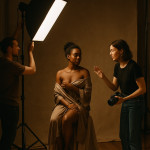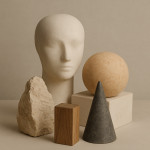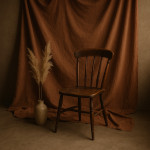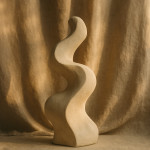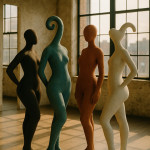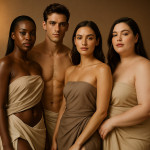Curating an artistic nude series that appeals to fine-art gallery scouts
Gallery scouts sift through thousands of images every month. To make your artistic nude series rise to the top, you need more than flawless lighting—you need a clear narrative arc, impeccable ethics, and metadata that proves commercial value. Follow this step-by-step guide to build a body of work curators bookmark on the spot.
Understand what gallery scouts really buy
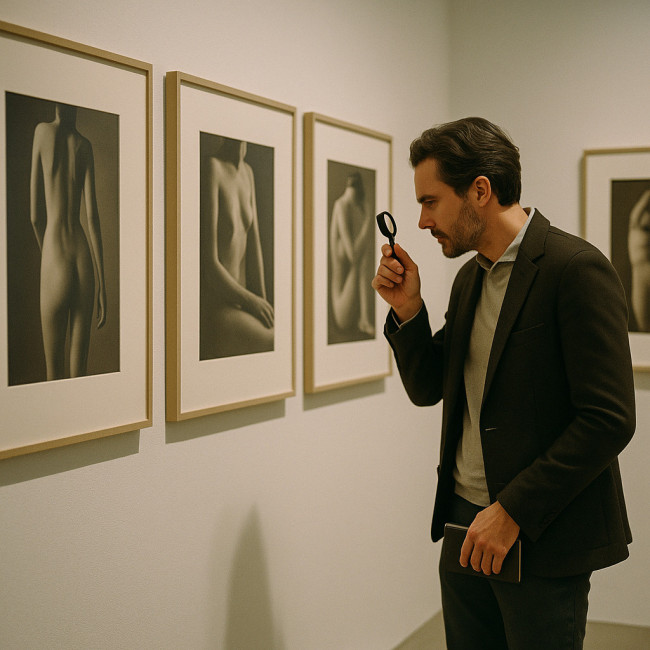
Scouts look for works that align with their institution's curatorial vision, fill gaps in an existing programme, and demonstrate long-term value for collectors. Before you press the shutter, study recent acquisitions and artist statements from target galleries. Note themes, colour palettes, and presentation formats. Then craft a concise concept statement that articulates why your artistic nude series adds fresh perspective without repeating what is already on their walls.
Action checklist
- Analyse five exhibitions per target gallery and list recurring visual motifs.
- Identify one cultural or historical angle your work can address differently.
- Draft a 150-word series statement emphasising intention and social impact.
Build a consistent visual narrative
Curators prize cohesion. Whether you shoot ten or thirty frames, each image should advance the same storyline. Decide on a visual through-line—light quality, body language, location textures—and keep technical choices stable: focal length, aperture range, colour grading preset. Consistency signals mastery.
Storyboard before you shoot
- Sketch key poses and camera angles that mark the narrative beats (introduction, tension, resolution).
- Assign each pose a supporting prop, texture, or lighting accent to prevent visual monotony.
- Sequence shots on a wall or digital board to spot gaps early.
Secure ethical foundations
A series that ignores ethics rarely survives the first curatorial review. Clarify consent, representation, and privacy from day one. Use detailed release forms, transparent correspondence, and fair compensation.
For deeper guidance, consult our ethical guidelines for artistic nude shoots—it lists model-centric practices that build lasting trust.
Craft lighting that flatters and unifies
Light is your most persuasive storytelling tool. Soft, directional light sculpts form and preserves skin detail, while low-key setups evoke intimacy. Consistency counts: a sudden switch from soft daylight to hard strobes jars the viewer and weakens the narrative thread.
Explore specific gear recipes in lighting setups that flatter all skin tones. Balanced exposure across diverse bodies tells scouts you are technically and socially competent.
Lighting quick wins
- Use a 1.5 × 1 m scrim to diffuse late-afternoon sun—no generator needed.
- Colour-grade to maintain subtle skin undertones; avoid heavy split toning.
- Keep histogram peaks away from the edges to preserve print latitude.
Pose direction that elevates narrative over shock
Nude work draws attention by default; your job is to guide that attention toward meaning, not mere exposure. Encourage natural movement, micro-expressions, and interactions with props or architecture. Diversity of body shapes and ages adds depth and broadens collector appeal.
Not sure how to coach variety? See inclusive posing guidance for conversation cues that empower models while refining composition.
Colour, texture, and the 2025 fine-art nude trend map
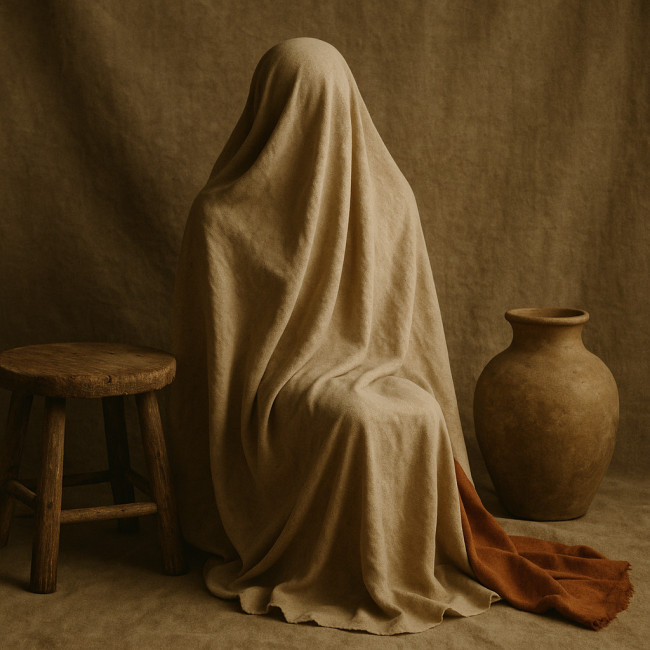
Trends influence purchase decisions even in classic genres. Current gallery demand favours organic textures—linen backdrops, unpolished wood, subtle grain added in post—to counter glossy commercial aesthetics. Neutral, earthy palettes remain popular, but spot colours (a rust throw, a teal ceramic) can anchor visual flow when used sparingly.
For a full forecast, browse fine-art nude trends 2025; aligning subtly with market taste helps scouts pitch your work internally.
Metadata that speaks gallery language
Curators archive thousands of digital files; robust metadata makes their lives easier. Embed IPTC fields with:
- Series title and sequence number (e.g., “Resilience #04”).
- Print size availability and edition limits.
- Model release confirmation and year.
- Keywords: “artistic nude”, “fine-art photography”, “analogue grain” etc.
Include a CSV list when you send previews. Scouts can then import straight into their asset managers without retyping data.
Edition strategy and pricing tiers
Limited editions signal scarcity and protect collector investment. Common tiers:
| Print size | Edition size | Launch price (EUR) | Expected appreciation* |
|---|---|---|---|
| 40 × 60 cm | 15 | 750 | 20 % over two years |
| 60 × 90 cm | 10 | 1 200 | 25 % over two years |
| 90 × 135 cm | 5 | 2 500 | 30 % over two years |
*Average appreciation data compiled from European gallery sales reports 2022-2024.
Presentation counts: mock-ups and material choices
Scouts imagine your prints on white-cube walls. Provide high-resolution mock-ups showing framed works in a neutral gallery environment. Specify archival paper (e.g., Canson Platine Fibre 310 g/m²) and UV-museum glass. Mention hanging hardware in your dossier; it reassures curators about installation logistics.
Package your pitch
- PDF dossier (max 10 MB) with statement, thumbnails, and technical notes.
- Private online gallery with 100 % zoom and watermark.
- Printed look-book on uncoated stock for tactile impact.
- Link to your artistic nude photographers directory profile for third-party credibility.
Legal armour: releases and privacy clauses
No release, no sale. Curators reject files lacking bullet-proof paperwork. Draft releases that cover exhibition, print sales, and future publication. Offer an optional anonymity clause; sometimes collectors value subjects' privacy as much as aesthetic merit.
Dive deeper into release wording in model releases for nude imagery.
Submit, follow up, refine
After sending your dossier, allow two weeks before a gentle follow-up. Share installation mock-ups based on their gallery floor plan to show commitment. If declined, ask for feedback; adjust sequencing, statement, or print size, and pitch another space whose programme fits better.
Mini quiz: test your curator-readiness
FAQ
- How many images should my first artistic nude series include?
- Ten to fifteen images are ideal for emerging artists. The set is large enough to prove consistency yet small enough for a single gallery wall.
- Can I mix colour and black-and-white prints in one series?
- Yes, but only if the shift serves the narrative and you maintain tonal cohesion. Random alternation reads as indecision to scouts.
- What file format do galleries prefer for digital previews?
- High-quality JPEG (Adobe RGB, 300 ppi) under 3 MB per image. TIFFs overload inboxes and often end up in spam.
- How soon should I offer a price list?
- Include baseline prices in your dossier. Transparent pricing helps curators gauge feasibility before investing time in internal approval.
- Should I publish the series online before pitching?
- Publish teasers only. Galleries value exclusivity. Hold back full-resolution files until a contract is in place.
Takeaway
Curating an artistic nude series that resonates with fine-art gallery scouts hinges on intentional storytelling, ethical rigour, technical consistency, and strategic presentation. Nail these four pillars and your work will not merely catch a curator's eye—it will secure wall space. Ready to move from pitch to spotlight? Draft your concept statement today and reserve studio time before inspiration cools.
Next step: Bookmark this guide and share it with your creative circle. Each peer critique edges you closer to a gallery debut.
